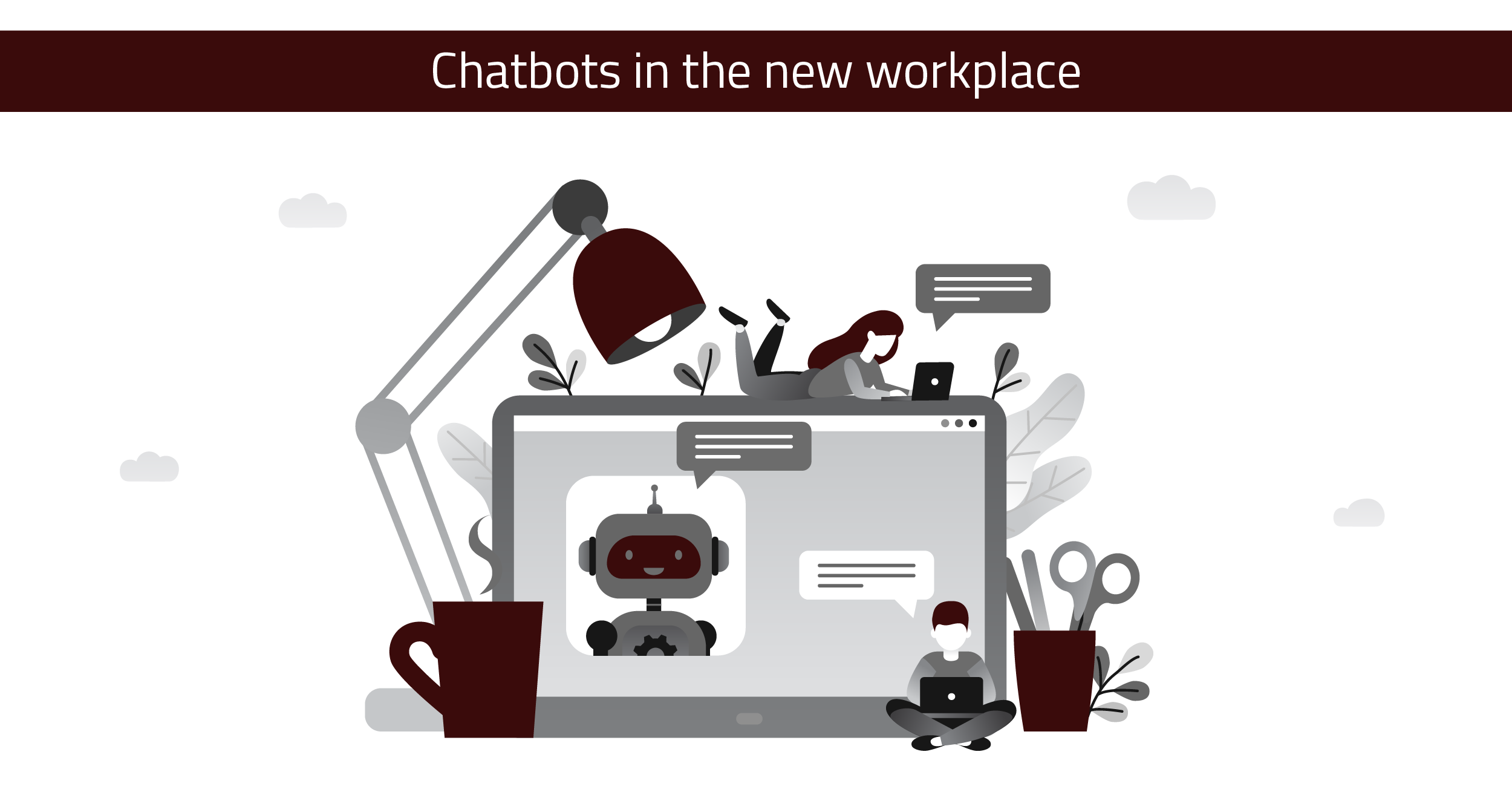
Chatbots in the new workplace
There are many debates surrounding chatbots. Are chatbots killing customer service? Can they really solve complex contextual problems? Can you train a bot towards the kind of emotional intelligence that is required to provide mental health counseling?
Our questions persist. Yet, from reciting poetry to supporting disabled people, there is quite an interesting mix of uses for chatbots today. Here are our thoughts on chatbots for the enterprise, in the post modern workplace of the gig economy.
Chatbots help you meet your customers where they are
The gig economy has changed how business is done. Agile workplaces with shorter work cycles and many customer touch points have blurred the lines between businesses and their customers. This is why many and almost all businesses today employ their own infantry line of chatbots – to manage customer service and field issues in their product or service offerings. Chatbots can help scale engagements with large number of customers. Outsourced HR services these days also come with AI chatbots that facilitate employee self-service.
Chatbots can effectively manage straightforward quick service questions, and collect feedback for actionable insights. But, without human agents to take strategic action and handle escalations, customer service is likely to be botchy and counter-productive.
Microlearning Bots for Learning and Development
Employers do not always come face to face with their employees in the gig economy. Educating employees on company policies or walking them through organizational processes can therefore be tricky. Microlearning modules through chatbot tutors provide a good recourse to this problem.
Microlearning is learning in short 3-7 minute spurts of time, using visually engaging innovative methods built on behavioural science. Designed to engage with the learner across different modes, channels, and platforms, this method of interruptive learning is proven to capture the learner’s attention, increase retention and engagement.
The adaptive, trainable nature of chatbots means that they can be used to deliver nuggets of lasting wisdom through microlearning. They can also be integrated with HR management software to deliver personalized lessons based on learner’s interest, pace and job requirements. With access to historical datasets, they are indispensable for feedback and performance management.
Chatbots can improve everyday experience of your workplace
From setting up meetings to ordering lunch for the workplace, AI chatbots can ease everyday operations. For instance, Slack, an office chat application features Howdy.ai, a trainable chatbot that automates and executes repetitive tasks such as performing daily team check-ins, leaving employees to do the real work. Howdy even produces a clean summary of notes or meeting minutes.
There is no doubt chatbots are useful assistants. It is their ability to learn and demonstrate contextual intelligence that is still under question. However, there may be some early breaks here too, as with this psychotherapy chatbot designed by a Silicon Valley startup. With promising diagnostic capacities, these chatbots have been used to counsel people in refugee camps.
While bots cannot provide the crucial, reciprocal, human, therapeutic experience of connection, intimacy, and emotional support, they help build a bridge to places and people that we cannot yet reach.



